
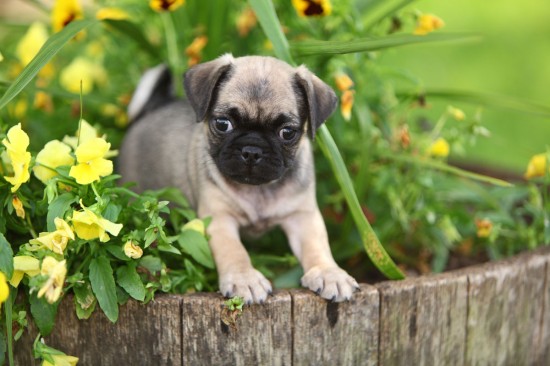
If you have a dog, the chances are that you also have a garden, or at least a patch of grass or outdoor space that your dog can use. Many dog owners despair at the thought of ever being able to keep an attractive, presentable garden at the same time as a dog, while being able to keep the dog both safe and away from any expensive plants!
If you are wondering if keeping an attractive garden and keeping a dog are mutually exclusive, the good news is that they do not have to be! Read on for our tips and advice on dogs and gardens, and keeping both healthy and thriving!
First and foremost, it is important to consider the health and wellbeing of your dog when you bring anything new into the garden, as risks and potential toxins come in many shapes and sizes.
Try to garden organically if at all possible, to minimise the presence of pesticides and other poisons on the surface of the garden and within the ground. These might help your plants to grow strong and healthy, but they will have the opposite affect on your dog if ingested. Even if your dog does not eat your plants, the risk of toxicity still exists from the water run off from pesticide-treated earth, and from licking their coat and paws after coming into contact with pesticides.
Another product that has become popular with gardeners in recent years is cocoa mulch, a by-product of chocolate production that is made from cocoa bean shells. Cocoa mulch is often used in flowerbeds and borders as part of landscaping, but is unsuitable for use in a garden with dogs, as it is again toxic. Dogs cannot eat chocolate, and it may be harmful if ingested; cocoa mulch is equally potentially dangerous to your pet.
In order to keep your dog securely in your garden (and other dogs out) you will of course need suitable fencing. This must be sturdy and dog proof, high enough that it cannot be jumped over, and not so widely spaced that your dog can slip through it. However, you don’t need to turn your garden into a fortress, and a solid wall all around your garden, if particularly high, may also make the garden too shady for your plants to grow happily. Sturdy slatted wooden fencing is both dog and plant friendly, and just as secure as a wall if the posts are embedded into concrete below the ground.
It’s a great idea to try to incorporate a shaded area into your garden, to give your dog somewhere to rest and cool down during the hotter months of the year. Planting a tree with hanging boughs or using tall plants such as palms can all provide a cooling chill out zone for your dog during the summer.
There are few things that will spoil a beautiful garden faster than a digging dog! Check out this article on dogs and digging for some tips to resolve this problem. Both dogs and cats are usually attracted to freshly turned earth that is loose and easy to move, so supervise your dog when you are planting things, and consider blocking off access to flower beds and other areas of newly turned earth until they have had a chance to settle, to remove temptation!
Try not to make your garden so cluttered with plants, features and pathways that your dog cannot run freely. If you have a large enough garden, it is a good idea to dedicate a fairly large open grassy area to your dog’s enjoyment, using the longest clear stretch of space so that they have plenty of room to bound about. Dogs will always generally go between A and B by means of the most direct route, so bear this in mind when you are planning out pathways and walkways, as if they take a particularly meandering route your dog will almost certainly take a shortcut and flatten out a path of his own choosing!
If you let your dog out to go to the toilet in the garden, it is important to clean up the poop quickly just as you would if you were out on a walk. Dog faeces poison the ground if left to settle, and can make it difficult to grow plants within the soil; as well, of course, as ruining the appearance of your garden and proving a potential health hazard.
Choose your plants with your dog in mind; ensure that any plants you buy are safe for your dog if ingested.
A lot of plants and flowers can be toxic to dogs, so make sure you double check that anything you are considering buying is dog safe! Foxgloves, delphiniums and buttercups can all be poisonous to dogs, as are hellebores and columbines.
A safe choice for dog-friendly gardens usually includes plants with edible flowers, such as violets, pansies and roses, and of course, most fruits and vegetables.
Dogs are not renowned for being particularly delicate or light on their feet, and so you may find that your plants stand a better chance of survival around a dog if you buy young plants or fully grown specimens, rather than growing from seed. Although of course these are rather more expensive and mean that you stand to lose more if your dog does decide to decimate them!
As with all aspects of dog ownership, good recall and training are the keys to most things; even keeping your dog safe in the garden and keeping your garden safe from your dog’s investigations! Spend some time teaching your dog about what is and is not allowed within the garden, and reinforce this on an ongoing basis with training and reward, and you should find that your dog and your garden both grow and thrive.
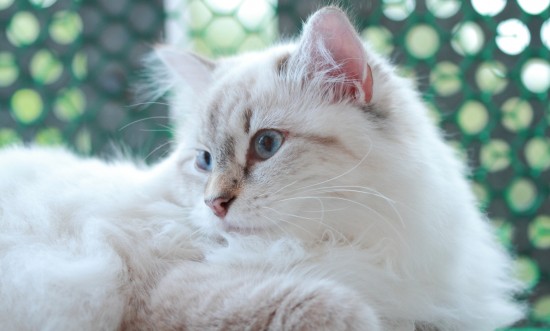 Ten Tips For Choosing The Right Boarding Cattery For Your Cat
Ten Tips For Choo
Ten Tips For Choosing The Right Boarding Cattery For Your Cat
Ten Tips For Choo
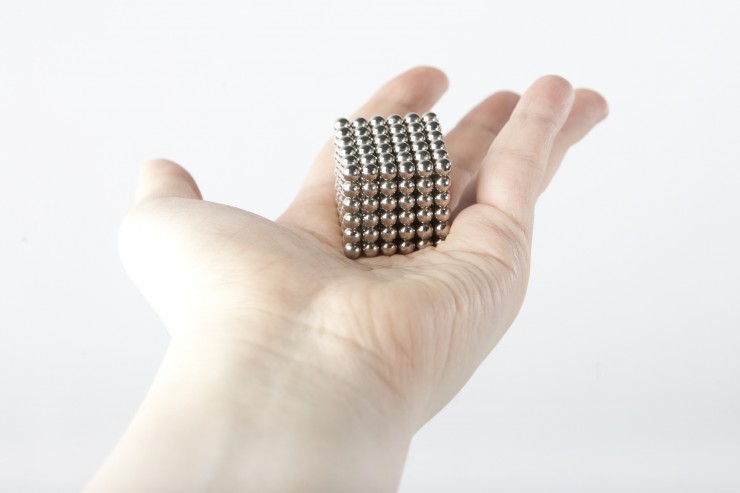 Neodymium Magnets Are A Real Danger To Dogs
Neodymium Magnets
Neodymium Magnets Are A Real Danger To Dogs
Neodymium Magnets
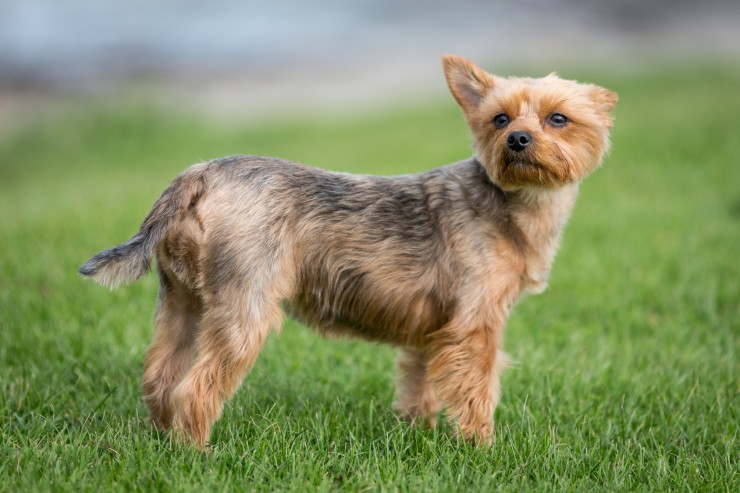 Health Issues Commonly Seen In Yorkshire Terriers
Health Issues Com
Health Issues Commonly Seen In Yorkshire Terriers
Health Issues Com
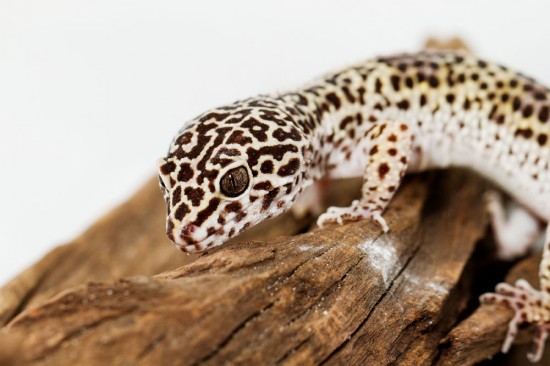 Understanding Reptile Nutrition And Supplements
Understanding Rep
Understanding Reptile Nutrition And Supplements
Understanding Rep
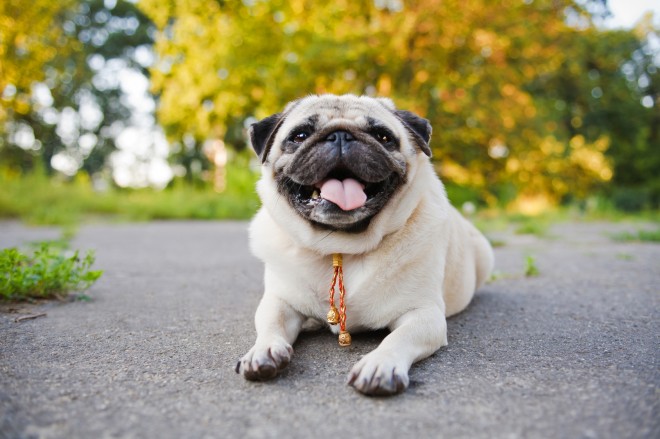 Ways To Exercise A Dog When You Are Out Of Action
Ways To Exercise
Ways To Exercise A Dog When You Are Out Of Action
Ways To Exercise
Copyright © 2005-2016 Pet Information All Rights Reserved
Contact us: www162date@outlook.com